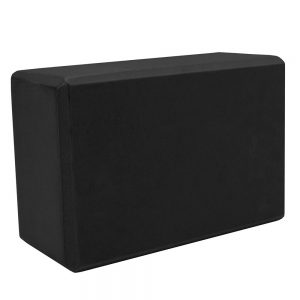 When you’re shopping for closed cell foam from Canada, you’ll be faced with a dilemma of which density to buy. Foam density measures how much the foam will give when weight is placed on it. Another way to look at that is to say density measure’s a foam’s firmness. In this brief guide, you’ll learn how to select a foam sheet based on its density and a few other key factors.
When you’re shopping for closed cell foam from Canada, you’ll be faced with a dilemma of which density to buy. Foam density measures how much the foam will give when weight is placed on it. Another way to look at that is to say density measure’s a foam’s firmness. In this brief guide, you’ll learn how to select a foam sheet based on its density and a few other key factors.
High Density is High Firmness
The hard and fast rule to remember is that high density foam sheets are generally firmer than their lower density counterparts. A bit of firmness is always a good thing, but too much can make beds and seat cushions uncomfortable. Most times, you’ll hear these values expressed in terms of what you’ll feel rather than an actual number (although you may see a numeric value as well).
Most foam densities are measured in 1-3 LB versions for consumer products, and a great deal of testing is done to see how much weight is required to cause foam to compress. However, density measurements should not be taken as the final word on the matter. Some foam that has a higher density can have a lower Indentation Load Deflection (or IDL), causing the foam to appear softer than you might think it would.
Choosing Firmness
The best method is to actually feel the foam yourself. When you’re ordering online, that’s not always an option though. In those situations, try to use the numbers as your guide and make sure you read the product descriptions to determine the level of softness.
In some cases, such as packaging foam from Canada, softness may not even matter. Denser foam would help to absorb impact better, so it may even be preferable to have foam that is higher density.
The Foam Factory, Inc. offers packaging foam from Canada at affordable prices, with free shipping within the United States
